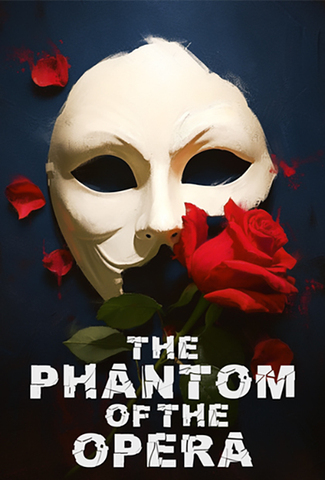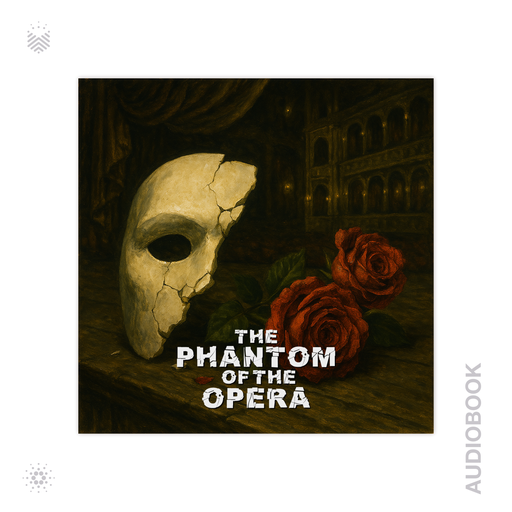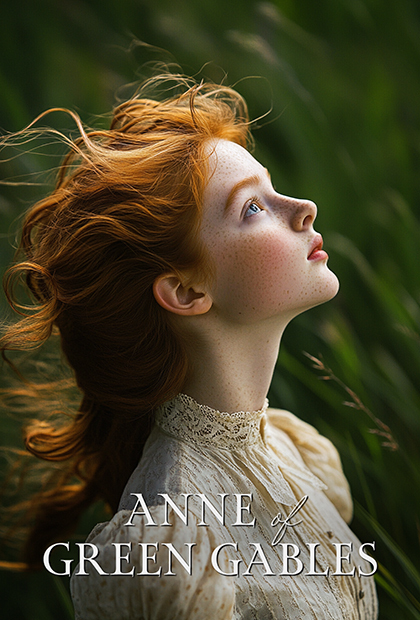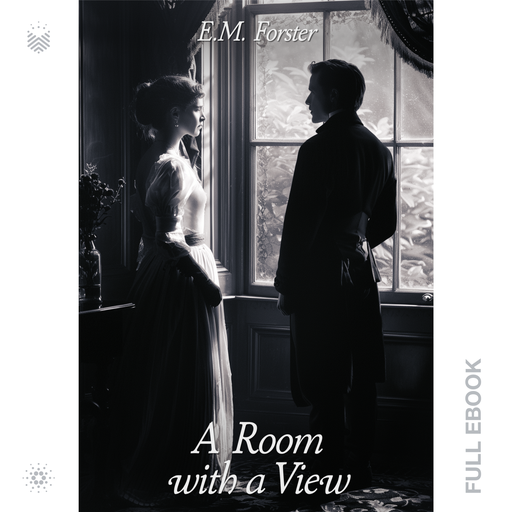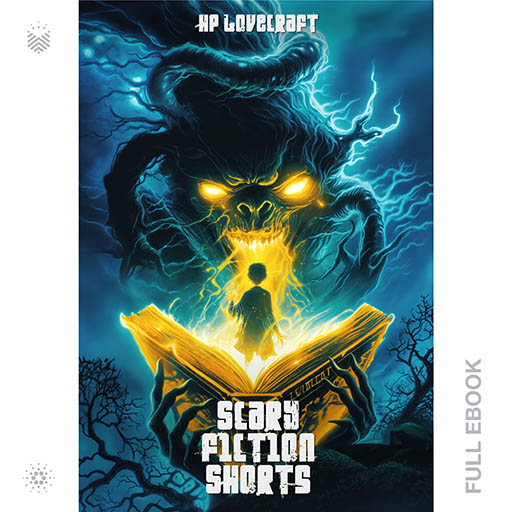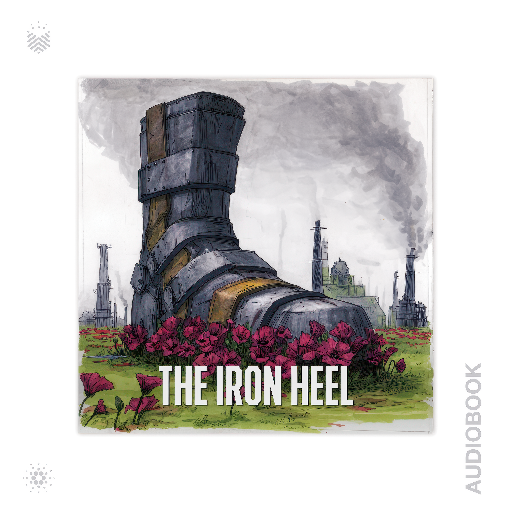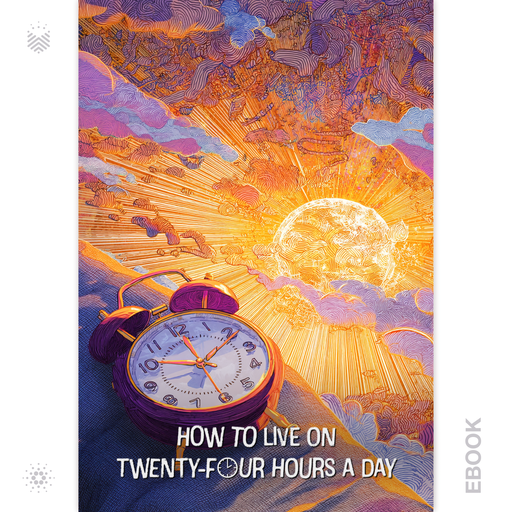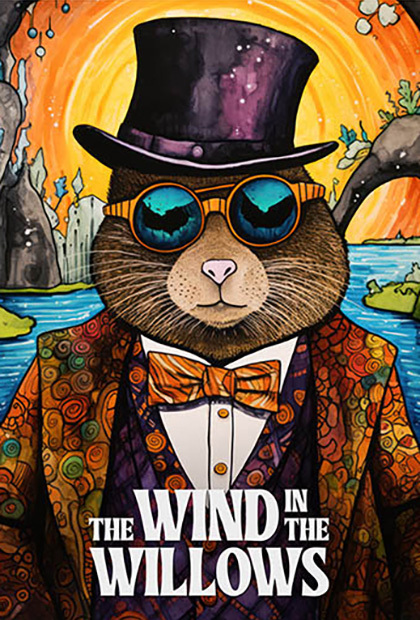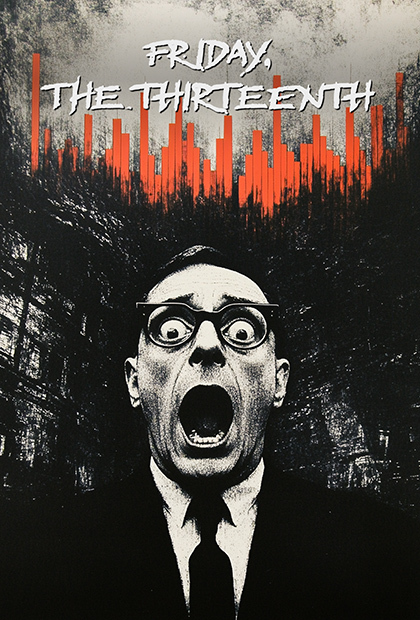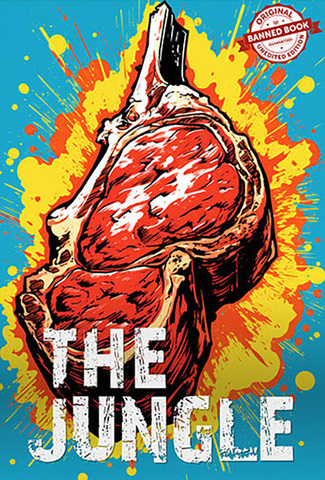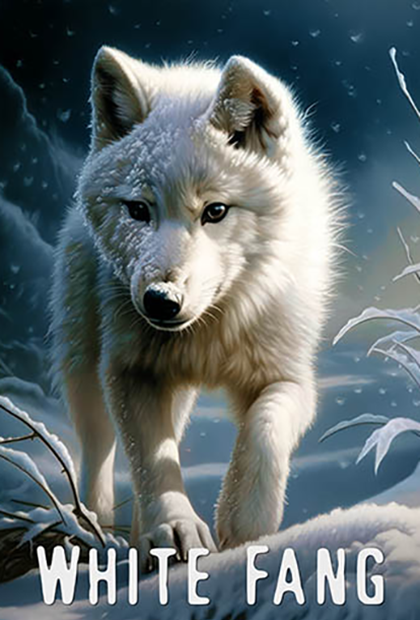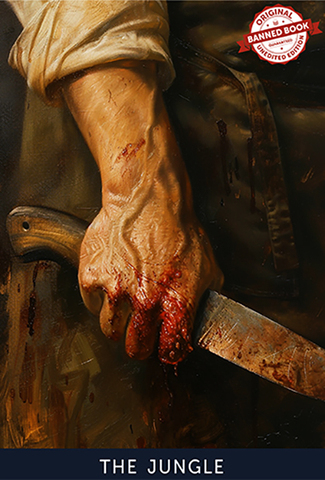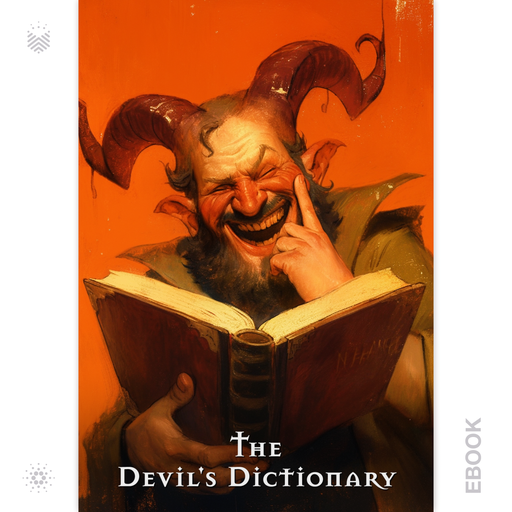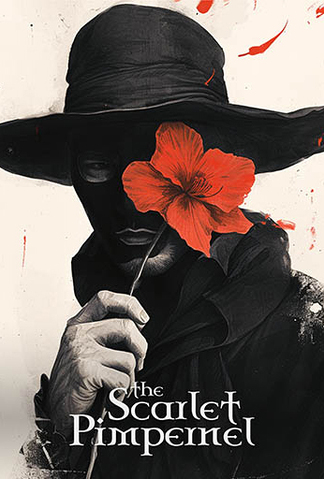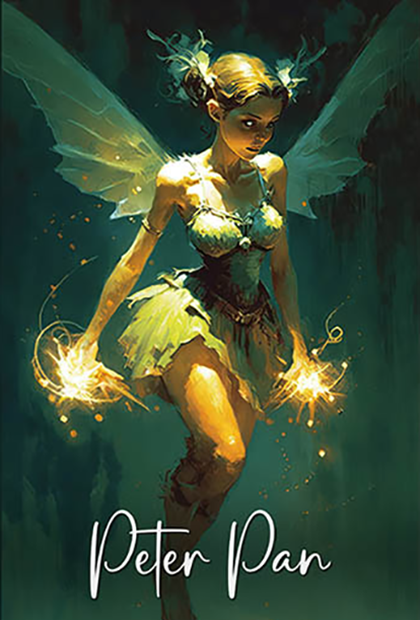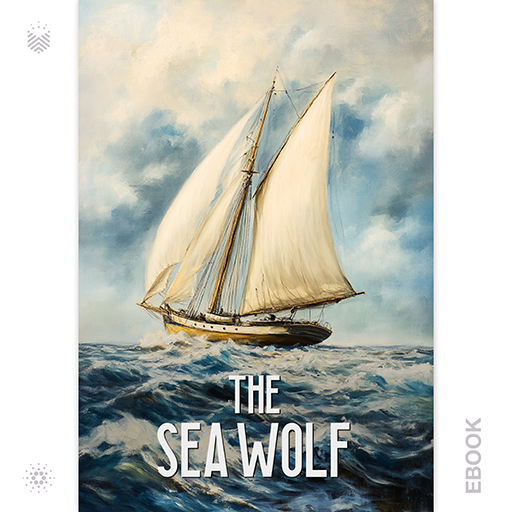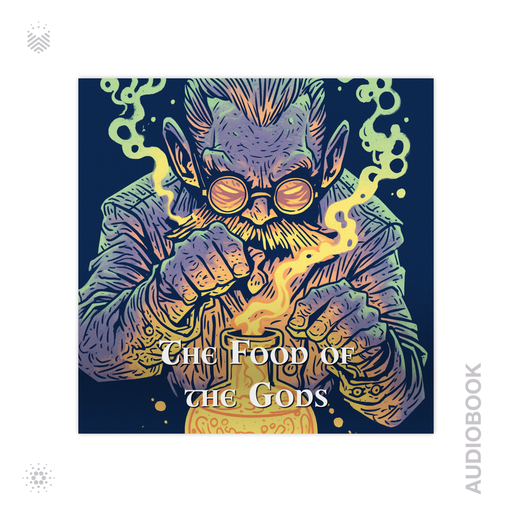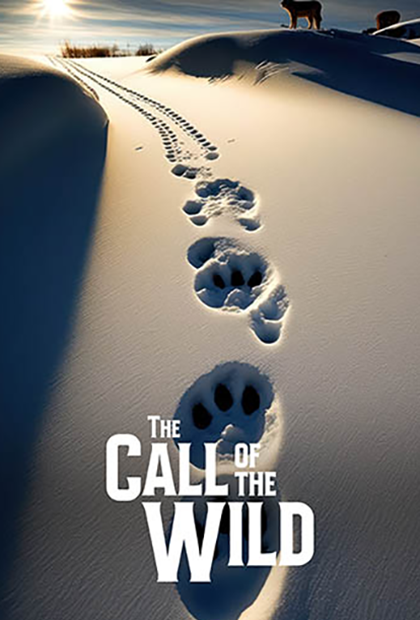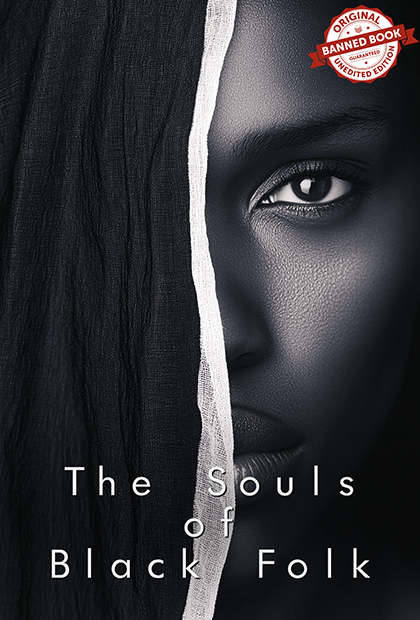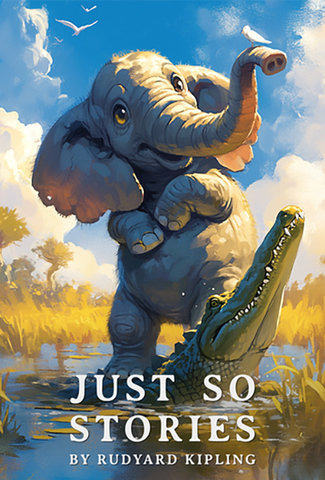by Gaston Leroux
“The Phantom of the Opera” is a Gothic novel written by French author Gaston Leroux. It was first serialized in the French newspaper “Le Gaulois” from September 1909 to January 1910. It was later published as a novel in 1910. The novel combines elements of mystery, romance, and horror.
Read More
by Gaston Leroux
Gaston Leroux’s The Phantom of the Opera is a story of love, obsession, and mystery set against the grand backdrop of the Paris Opera House. First published in 1910, this Gothic novel has captivated audiences for over a century, inspiring countless adaptations in theater, film, and music. At its heart lies the tragic figure of the Phantom—a brilliant but disfigured musician who hides beneath the opera house, yearning for love and recognition. His fixation on the young soprano Christine Daaé… Read More
by Lucy Maud Montgomery
In Anne of Green Gables, Lucy Maud Montgomery introduces readers to the enchanting world of Anne Shirley, an imaginative and spirited orphan whose fiery red hair and vibrant personality make her unforgettable. When the Cuthberts, a pair of siblings living on a farm in Avonlea, mistakenly receive Anne instead of the boy they intended to adopt, their lives change in unexpected ways. Anne’s arrival brings chaos and charm to their home, and her journey to find belonging in a new community becomes … Read More
by H. A. Guerber
“Myths of the Norsemen” by H. A. Guerber brings to life the rich tapestry of Norse mythology. Guerber vividly recounts the epic sagas and heroic tales of gods, giants, and legendary creatures. Through her engaging storytelling, readers traverse the icy realms of Asgard and Midgard, where they encounter figures like Odin, Thor, and Loki, each with their own unique attributes and stories that have captivated audiences for centuries.
… Read More
by E. M. Forster
In E. M. Forster’s “A Room with a View,” readers are swept into a captivating tale of love, self-discovery, and societal conventions. Through Forster’s vivid prose, we follow the journey of Lucy Honeychurch, a young Englishwoman who embarks on a journey of personal growth and transformation during a trip to Italy. As Lucy navigates the complexities of Edwardian society and grapples with her own desires and aspirations, she finds herself torn between the expectations of he… Read More
by H.P. Lovecraft
“Scary Fiction Shorts” showcases Lovecraft’s mastery of cosmic horror, where ancient and unknowable forces challenge human understanding, often leading to madness and despair.
Read More
by Jack London
Jack London wrote The Iron Heel in 1908 to explore the rise of authoritarianism and the suppression of democratic ideals through a gripping dystopian narrative. He used speculative fiction not just to entertain, but to critique capitalism and warn readers about the dangers of unchecked corporate and political power. By crafting a futuristic world dominated by an oppressive oligarchy, London called on readers to consider the fragility of freedom and the urgent need for social resistance.
… Read More
by Arnold Bennett
Arnold Bennett published How to Live on Twenty-Four Hours a Day in 1908 to help ordinary people reclaim their time and live more intentionally. In a brisk and practical tone, Bennett challenges readers to confront how they spend their daily hours and encourages them to invest time in self-improvement and personal growth. Rather than offering lofty philosophies, he delivers a direct and accessible guide for anyone striving to live with greater purpose.
… Read More
by Kenneth Grahame
“The Wind in the Willows” is a classic children’s novel written by British author Kenneth Grahame. The book was first published in 1908 and has since become one of the most beloved works of children’s literature.
The Wind in the Willows received negative reviews upon its initial release, but it has since become a classic of British literature. It was listed at No. 16 in the BBC’s survey The Big Read and has been adapted multiple times in different media.
… Read More
by Thomas W. Lawson
Friday, the Thirteenth by Thomas W. Lawson delivers a captivating tale where ambition, superstition, and high-stakes finance collide in unexpected ways.
Read More
by Upton Sinclair
“The Jungle” is a novel written by Upton Sinclair, first published in 1906. The book is a muckraking work of fiction that exposed the harsh working conditions and unsanitary practices in the American meatpacking industry during the early 20th century. Sinclair intended the novel to highlight the exploitation of immigrant workers and to advocate for socialist reforms.
Read More
by Jack London
“White Fang” is a novel by Jack London, first published in 1906. The story takes place in Yukon Territory, Canada during the 1890s Klondike Gold Rush, and follows the journey of a wild wolf-dog hybrid named White Fang.
The novel is divided into two parts. The first part depicts White Fang’s early life in the wild, where he learns to survive and thrive in a brutal environment. He is eventually captured and sold to become a sled dog in the Klondike, where he learns to work with humans but al… Read More
by Upton Sinclair
“The Jungle” by Upton Sinclair, first published in 1906, is a seminal work of American literature that exposes the harsh realities of the meatpacking industry in Chicago. Sinclair’s novel follows the life of Jurgis Rudkus, a Lithuanian immigrant who arrives in America with dreams of prosperity, only to encounter exploitation, poverty, and despair. Through Jurgis’s harrowing experiences, Sinclair sheds light on the appalling working conditions, corruption, and lack of sani… Read More
by Upton Sinclair
Upton Sinclair wrote The Jungle, a novel first published in 1906. This investigative work of fiction exposes the harsh working conditions and unsanitary practices in the American meatpacking industry during the early 20th century. Sinclair aimed to highlight the exploitation of immigrant workers and advocate for socialist reforms through his powerful narrative.
Read More
by Ambrose Bierce
Ambrose Bierce’s The Devil’s Dictionary is a masterclass in wit, satire, and cynicism. First published in 1906, this darkly comedic lexicon offers sharp, often scathing redefinitions of common words, exposing the absurdities of human nature, politics, and society. With a biting sense of humor, Bierce transforms language into a weapon, using irony and sarcasm to challenge conventional wisdom and societal hypocrisy.
Through cleverly twisted definitions, The Devil’s Dictionary invites readers… Read More
by Baroness Orczy
“The Scarlet Pimpernel” is a historical novel written by Baroness Emma Orczy, first published in 1905. The story is set during the Reign of Terror following the French Revolution and is known for its adventurous and swashbuckling elements.
Read More
by J.M. Barrie
“Peter and Wendy” is a novel by J.M. Barrie about a boy named Peter Pan who refuses to grow up and a young girl named Wendy Darling, who he takes to the magical world of Neverland along with her brothers. They encounter the Lost Boys, a band of orphaned boys, and Captain Hook, a villainous pirate who seeks revenge against Peter. The story explores themes of childhood, imagination, and the fear of growing up. In the end, Wendy and her brothers return to London, but Peter promises to visit the… Read More
by Jack London
Jack London’s The Sea Wolf is a gripping tale of survival, power, and moral conflict set against the unforgiving backdrop of the open sea. With unforgettable characters and high-stakes adventure, London weaves a story that explores the darkest and noblest aspects of human nature.
Read More
by H.G. Wells
What happens when science pushes nature beyond its limits?
When two scientists, Mr. Bensington and Professor Redwood, develop a groundbreaking growth formula, they believe they are ushering in a new era of prosperity. Herakleophorbia IV—or the “Food of the Gods”—has the power to create enormous plants, livestock, and even humans. But their discovery quickly escapes their control, setting off a chain reaction of unintended consequences.
As giant creatures roam the countryside and children… Read More
by Jack London
“The Call of the Wild” is a novel written by Jack London and published in 1903. The story follows the life of a dog named Buck, who is kidnapped from his comfortable home in California and sold into the brutal life of an Alaskan sled dog during the Klondike Gold Rush.
The novel is known for its vivid portrayal of the wilderness and its exploration of the themes of survival, adaptation, and the struggle between civilization and the natural world.
… Read More
by W. E. B. Du Bois
The Souls of Black Folk by W.E.B. Du Bois, first published in 1903, is a seminal work in African American literature and sociology. Through a series of essays, Du Bois explores the profound impact of racism on the lives of Black Americans in the post-Civil War era. He introduces the concept of “double consciousness,” describing the internal conflict experienced by Black people who are forced to see themselves through the eyes of a racist society. The book delves into the history of A… Read More
by Candace Wheeler
“How to Make Rugs”, written by Candace Wheeler, was first published in 1902. Wheeler was a notable American interior and textile designer associated with the Arts and Crafts movement.
Read More
by Rudyard Kipling
“Just So Stories” is a collection of whimsical and imaginative children’s stories written by Rudyard Kipling, first published in 1902. The book is notable for its engaging storytelling and inventive explanations for the origins of various phenomena in the natural world.
Read More
by L. Frank Baum
The Life and Adventures of Santa Claus by L. Frank Baum offers a whimsical and imaginative origin story for the beloved figure of Santa Claus. Blending fantasy and mythology, Baum crafts a magical tale that traces Santa’s life from his mysterious infancy in the Forest of Burzee to his rise as the cherished bringer of joy to children worldwide. This enchanting narrative presents a unique perspective on Santa’s enduring legacy.
… Read More

